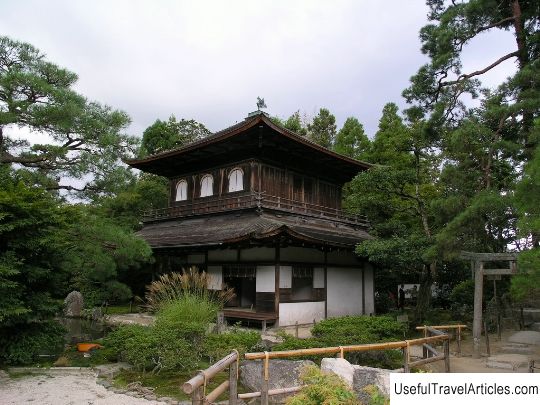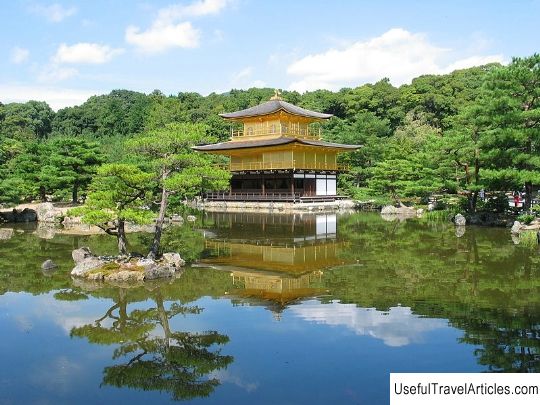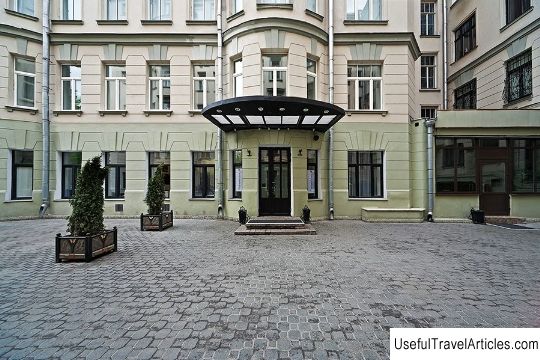Silver Pavilion Ginkaku-ji description and photo - Japan: Kyoto
Rating: 7,9/10 (124 votes) 
Silver Pavilion Ginkaku-ji description and photo - Japan: Kyoto. Detailed information about the attraction. Description, photographs and a map showing the nearest significant objects. The name in English is Ginkaku-ji. Photo and descriptionThe Ginkaku-ji Silver Pavilion was built in 1483 by the shogun Ashikaga Yoshimasa. He was inspired by the example of his grandfather Ashikagi Yoshimitsu, who at one time erected Kinkaku-ji - a pavilion with two floors sheathed with gold leaf. Unlike the Golden Pavilion, Ginkaku-ji's plan was never communicated to the end - it was not supposed to be sheathed with silver sheets - due to lack of funds or for other reasons, is not known for sure. And even if there is no silver here, visitors note that even in the daytime the walls of the pavilion seem to emit a light silvery glow. The Silver Pavilion, just like the Golden Pavilion, became a Buddhist temple after the death of its owner. Today it is located at the Shkoku-ji Temple Complex. The Silver Pavilion is a shrine to the goddess Kannon, although it was originally intended as a retreat for the shogun. The building was part of his residence, called Higashiyama Palace or Eastern Mountain Palace. In 1485, Yoshimasa himself decided to become a Buddhist monk, and after his death, like his grandfather, he bequeathed to turn his estate into a monastery. Among the monastery buildings, the pavilion building was considered the most beautiful. The first floor was called the Hall of the Empty Heart and was built in the spirit of the samurai dwelling of that era. The second floor was called the Pavilion of Mercy and its interior was reminiscent of a Buddhist temple, in its altar there was a statue of a goddess. A notable feature of Ginkaku-ji is also a sandy garden, which is considered an example of sand and garden art of the 16th century. It represents a lake which is lined with silvery sand and pebbles. The architecture of the Silver Pavilion marked a new stage in the development of Japanese art. The influence of this style, which is called shoin-zukuri, is still present. So, for the first time, sliding external and internal partitions were used. When the outer partitions were removed, the house became part of the garden that surrounded the pavilion. For the first time, a tokonoma appeared here - the aesthetic center of the house, which housed a composition of plants corresponding to the seasons, a painting, a shelf for books and writing utensils.     We also recommend reading Parish Church of St. Pelagius and St. Maximus (Zupna crkva Sv. Pelagija i sv. Maksima) description and photos - Croatia: Novigrad Topic: Silver Pavilion Ginkaku-ji description and photo - Japan: Kyoto. |




